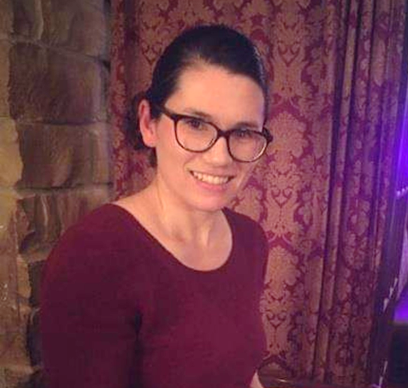
Tina B. McKay, Ph.D.
|
Investigator, Instructor (M) Anes Research Johnson-Akeju MGPO, Mass General Research Institute |
|
Instructor in Anaesthesia Harvard Medical School |
| PhD in Cell Biology |
Research Interests
Research Narrative
Dr. Tina McKay is an Instructor of Investigation at Massachusetts General Hospital in the MGB Department of Anesthesiology and Instructor in Anaesthesia at Harvard Medical School. Dr. McKay's research focuses on identifying blood-based biomarkers associated with postoperative delirium with the goal to develop targeted therapies to promote cognitive resilience in older patients undergoing major surgery. Her long-term scientific interests include developing sophisticated long-term models to study cellular responses to oxidative and metabolic stress in the brain and eye.
Publications
| tmckay@mgh.harvard.edu |
|
Anesthesia, Critical Care and Pain Medicine 55 Fruit St Boston, MA 02114 |
